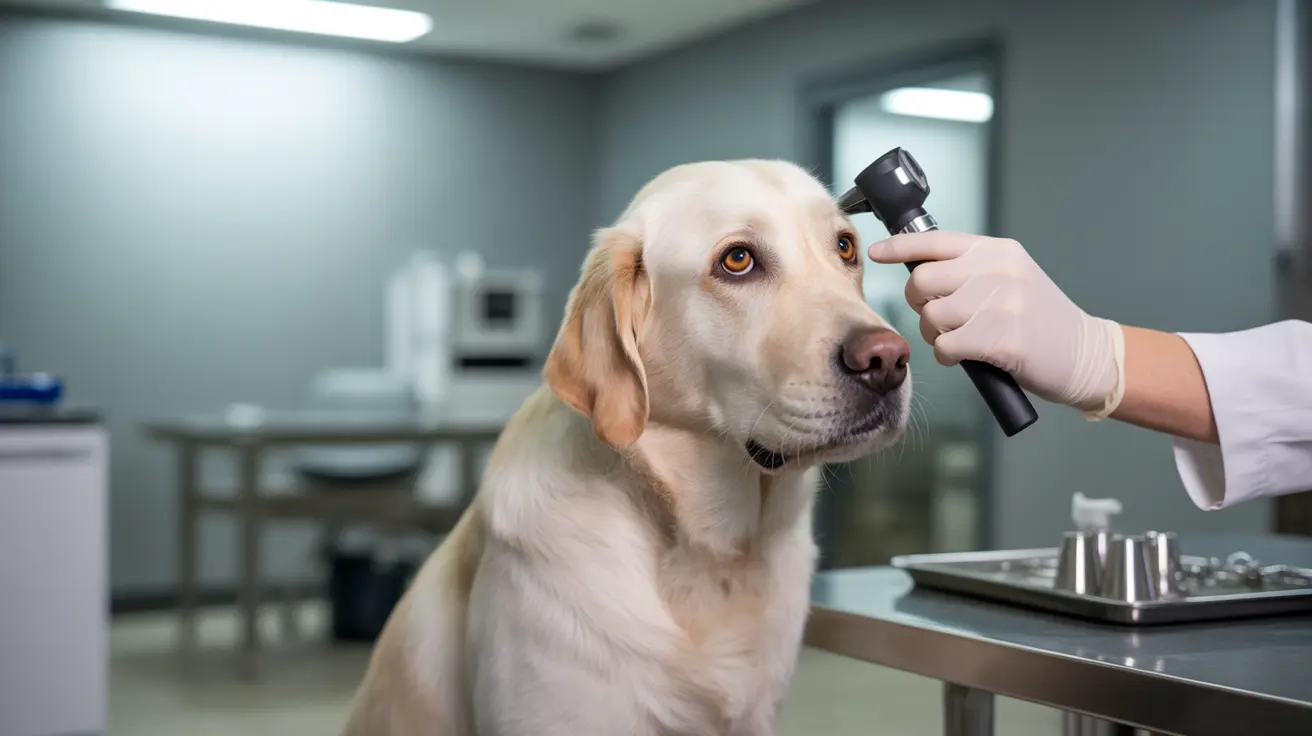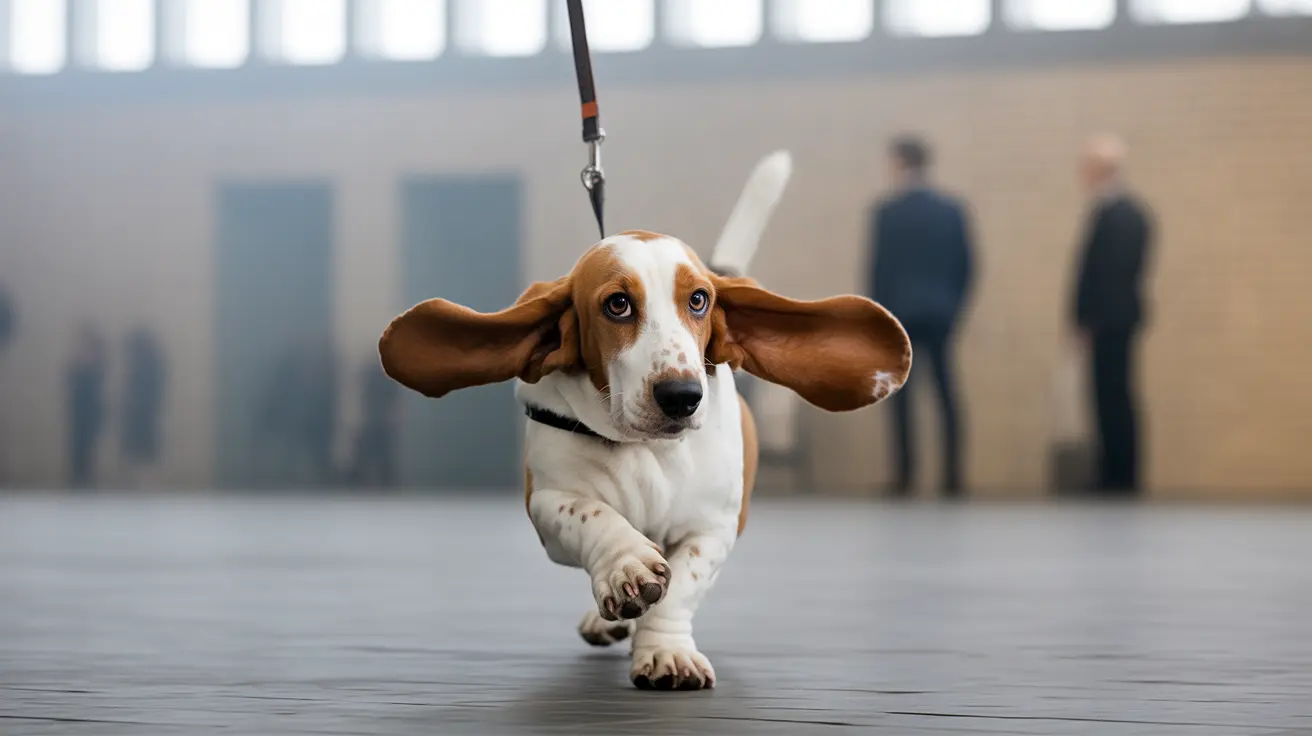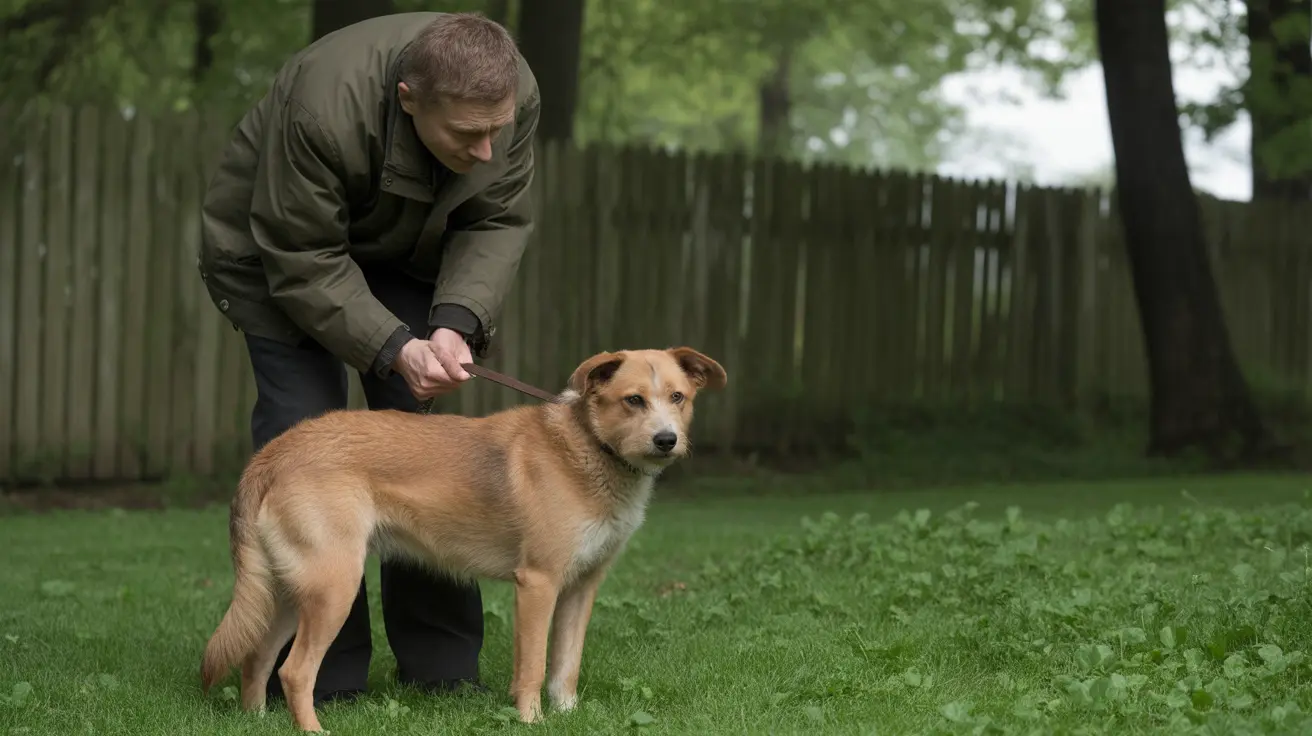How to Prevent Yeast Infections in Dogs
Yeast infections, or yeast dermatitis, are common skin conditions caused by the overgrowth of Malassezia pachydermatis—a naturally occurring spore-producing fungus found on dogs’ skin. While normally harmless, these yeasts can multiply and cause discomfort when the dog's skin environment changes. Understanding the causes, symptoms, and preventive measures is key to keeping your pet healthy and free from recurrent yeast infections.
What Causes Yeast Infections in Dogs?
Several factors can trigger a yeast infection in a dog:
- Immune system suppression from illness or corticosteroid medications
- Allergies—environmental, food-related, or contact
- Preexisting skin conditions like seborrhea
- Frequent moisture exposure from swimming or bathing
- Body conformations that create skin folds
- Poor hygiene or matted coat
- Use of antibiotics, leading to imbalanced skin flora
- Hormonal disorders like Cushing’s disease or hypothyroidism
Dogs Most at Risk
Some breeds are genetically predisposed to yeast infections, particularly those with floppy ears or deep skin folds. These include:
- West Highland White Terriers
- Basset Hounds and Cocker Spaniels
- Bulldogs
- Shih Tzus and Lhasa Apsos
- Maltese and Poodles
- Dachshunds and Boxers
- Golden and Labrador Retrievers
- French and English Bulldogs
- Schnauzers
Recognizing Early Symptoms
Early detection is crucial. Common signs of yeast infections in dogs include:
- Intense itching or irritation
- Red, inflamed skin or salivary stains
- Musty or cheesy odor
- Brownish ear discharge or signs of ear inflammation
- Head shaking or ear scratching
- Greasy, flaky skin or hair loss
- Thickened, discolored skin
- Nailbed discharge or paw licking
Prevention Tips
Preventing yeast infections requires a multifaceted approach. Here are key strategies:
- Manage underlying medical issues: Allergies and hormone disorders should be treated with veterinary guidance.
- Maintain skin hygiene: Clean and dry skin folds, armpits, and groin areas regularly, especially after swimming or bathing.
- Groom appropriately: Regular trimming of hair around ears and paws helps promote airflow and reduces moisture buildup.
- Practice proper ear care: Clean your dog’s ears carefully, particularly if they have floppy ears or frequent ear infections.
- Control weight: Prevent obesity to reduce skin folds and improve immune response.
- Use pet gear mindfully: Ensure collars and clothing aren’t trapping moisture or rubbing against skin excessively.
- Monitor diet: Talk to your vet about nutritional adjustments if a food allergy is suspected. While anti-yeast diets aren't proven, low-carb options may help in some cases.
Home Remedies with Caution
Under veterinary supervision, mild home remedies such as vinegar rinses may be recommended to restore skin pH and limit yeast growth. However, they should never replace professional medical care.
What to Do If Your Dog Shows Symptoms
If your dog displays any signs like continual scratching, hair loss, or unusual odor, consult your veterinarian. Proper diagnosis involves physical exams and collecting skin samples. Fungal cultures or skin biopsies may be needed in persistent cases.
Long-Term Outlook
With prompt and appropriate treatment, most dogs improve notably within a week. Full recovery might take several weeks to months. Chronic or recurring infections are possible if underlying conditions remain unresolved or treatment is incomplete. Regular maintenance and follow-up with your vet are key to a yeast-free future.
Are Canine Yeast Infections Contagious?
No. Yeast infections in dogs are not contagious to humans or other pets. Since yeast is part of the natural skin flora, issues arise only when immunity or skin barriers are disrupted.





